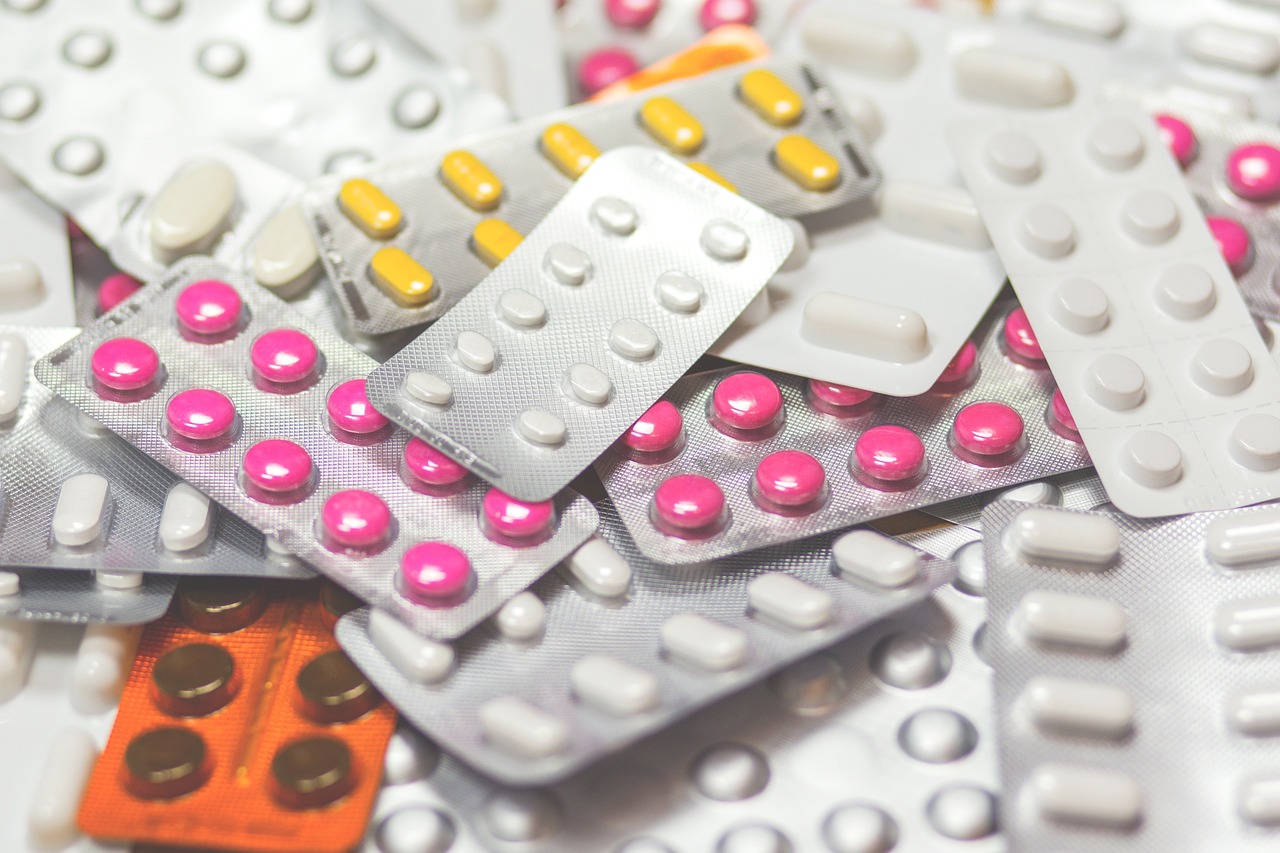
The Biomaterials Awaken: A New Hope against antimicrobial resistance
Antimicrobial resistance (AMR) has become a global public
health crisis, leading to infections that are increasingly difficult to treat
with existing antibiotics and threatening the effectiveness of antibiotics and
other antimicrobial treatments. This growing challenge is largely driven by the
overuse of antibiotics, which promotes the evolution of drug-resistant
pathogens such as bacteria, viruses and fungi. The World Health Organization
(WHO) warns that, without effective countermeasures, AMR could result in up to
10 million deaths annually by 2050 if current trends continue.
With a reduced pipeline of novel antibiotics, new strategies
are urgently needed to combat this challenge. Biomaterials are emerging as a
critical tool in the fight against AMR, offering promising alternatives to
conventional antibiotics. In this article, we briefly describe how biomaterials
could help in three important ways.
New antimicrobial materials
A promising avenue to combat AMR is to develop materials
that naturally resist infections. Scientists have turned to nanomaterials, like
silver nanoparticles, that can kill bacteria directly. Unlike antibiotics,
which microbes can grow resistant to over time, silver nanoparticles disrupt
bacteria by damaging their outer walls, which makes it harder for bacteria to
develop resistance. These nanoparticles are already being used in products like
wound dressings and catheters to prevent infections.
In addition to silver, researchers are exploring the use of
natural polymers like chitosan, a natural compound derived from the shells of
shrimps and crabs. It has the ability to fight off harmful microbes without the
risk of them becoming resistant and has shown promises in promoting wound
healing.
Safer medical implants and devices
Medical devices, like catheters or hip implants, can be a
source of serious infections because bacteria can stick to their surfaces and
form a biofilm – a community of bacteria organised in a slimy layer that is
highly resistant to antibiotics. To combat this, researchers are developing
antibacterial coatings that can be applied to the surface of medical devices.
These coatings prevent bacteria from attaching in the first place, stopping
infections before they even start.
For example, some new technologies involve creating textured
surfaces that make it physically difficult for bacteria to cling to the device.
Others use coatings that release germ-killing agents when bacteria come into
contact with the device. These advancements mean that these devices can be
implanted with a lower risk of infection, reducing the need for antibiotics
later.
Better delivery of antimicrobial drugs
Finally, another approach biomaterials are helping with is
improving how antibiotics are delivered to the body. In many cases, simply
delivering antibiotics or other drugs more effectively can help fight resistant
bacteria. One of the biggest problems with antibiotics today is that they’re
often overused, which speeds up the process of resistance. However, new biomaterial-based
drug delivery systems are being developed to ensure that the medicine is
delivered right where it is needed, in the right amount, at the right time.
For example, hydrogels or tiny nanoparticles can carry
antibiotics and release them slowly over time, ensuring a more targeted and
controlled delivery. This approach means that fewer antibiotics are needed,
reducing the risk of bacteria becoming resistant while still treating the
infection effectively. These new delivery systems can make a big difference,
especially for hard-to-treat infections.
Antimicrobial resistance is one of the greatest challenges
of our time, and poses a serious threat to modern medicine. In the fight
against AMR, biomaterials provide new ways to prevent and treat infections. From
materials that actively kill bacteria to surfaces that prevent infections on
medical devices, and improved ways to deliver antibiotics, these innovations
provide hope in the ongoing battle against drug-resistant infections. While
more research is needed, the advances being made in this field are already
showing great promise for the future of healthcare.
Authors: Clémence
Foltz, Nicole Ticchi
References
World Health Organization (2023). Antimicrobial resistance.
[online] World Health Organization. Available at: https://www.who.int/news-room/fact-sheets/detail/antimicrobial-resistance.
Dong, J., Wang, W., Zhou, W., Zhang, S., Li, M., Li, N.,
Pan, G., Zhang, X., Bai, J. and Zhu, C. (2022). Immunomodulatory biomaterials
for implant-associated infections: from conventional to advanced therapeutic
strategies. Biomaterials Research, 26(1). doi: https://doi.org/10.1186/s40824-022-00326-x.
Roy, S., Sarkhel, S., Bisht, D., Nagam Hanumantharao, S.,
Rao, S. and Jaiswal, A. (2022). Antimicrobial mechanisms of biomaterials: from
macro to nano. Biomaterials Science, [online] 10(16), pp.4392–4423. doi: https://doi.org/10.1039/D2BM00472K.
J. Hall, T., M. Villapún, V., Addison, O., A. Webber, M.,
Lowther, M., T. Louth, S.E., E. Mountcastle, S., Y. Brunet, M. and C. Cox, S.
(2020). A call for action to the biomaterial community to tackle
antimicrobial resistance. Biomaterials Science, [online] 8(18),
pp.4951–4974. doi: https://doi.org/10.1039/D0BM01160F.
Keywords
Antimicrobial resistance, biomaterials, surface modification, antimicrobial delivery systems, antimicrobial materials